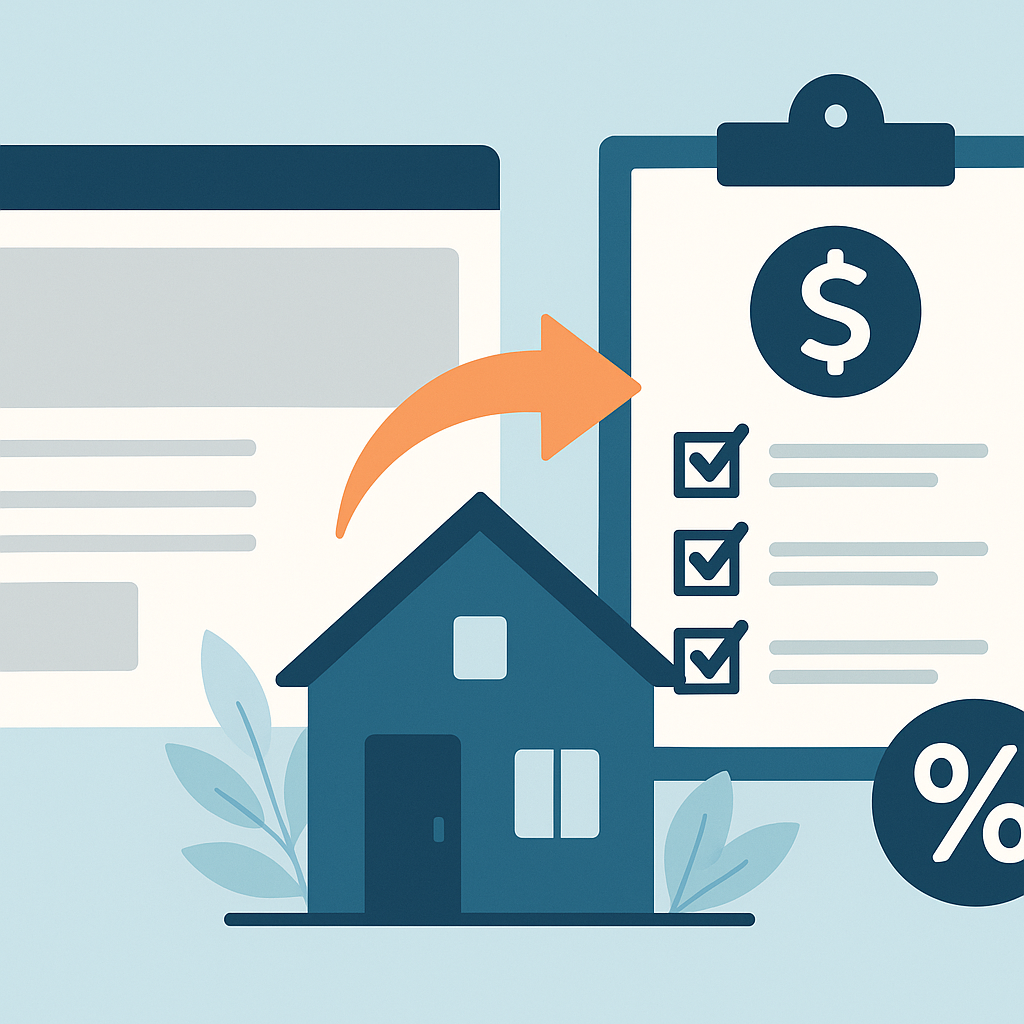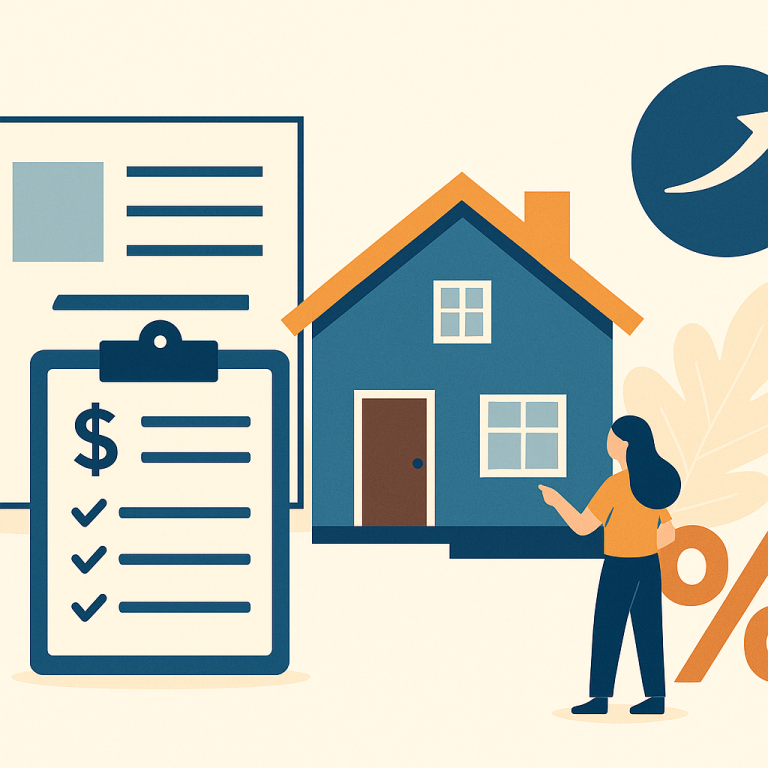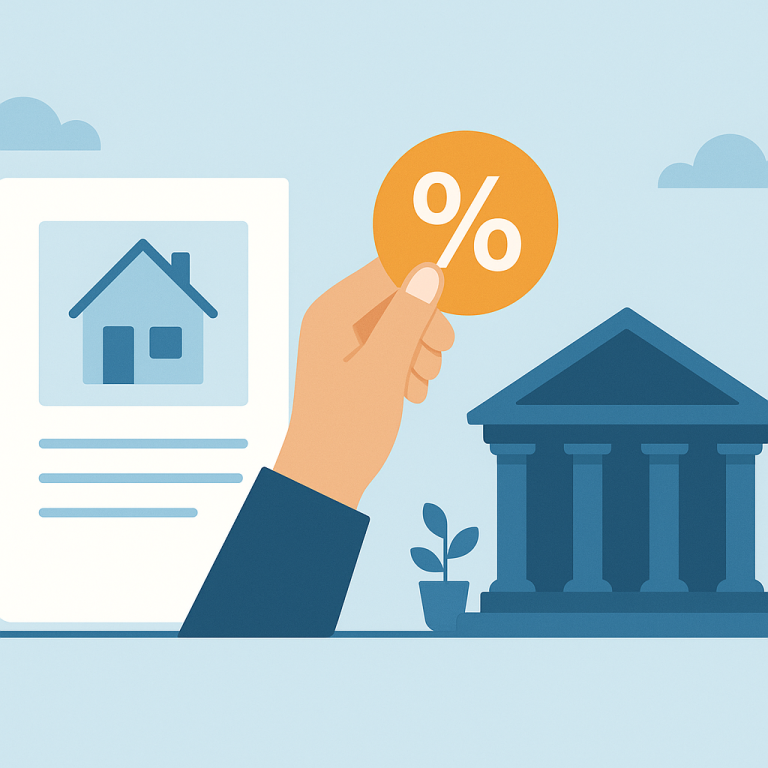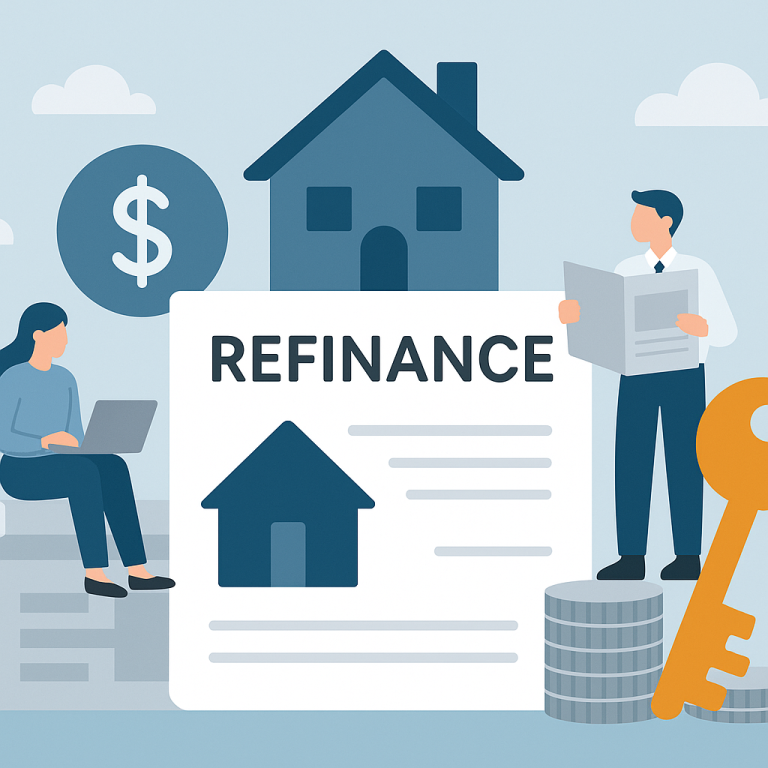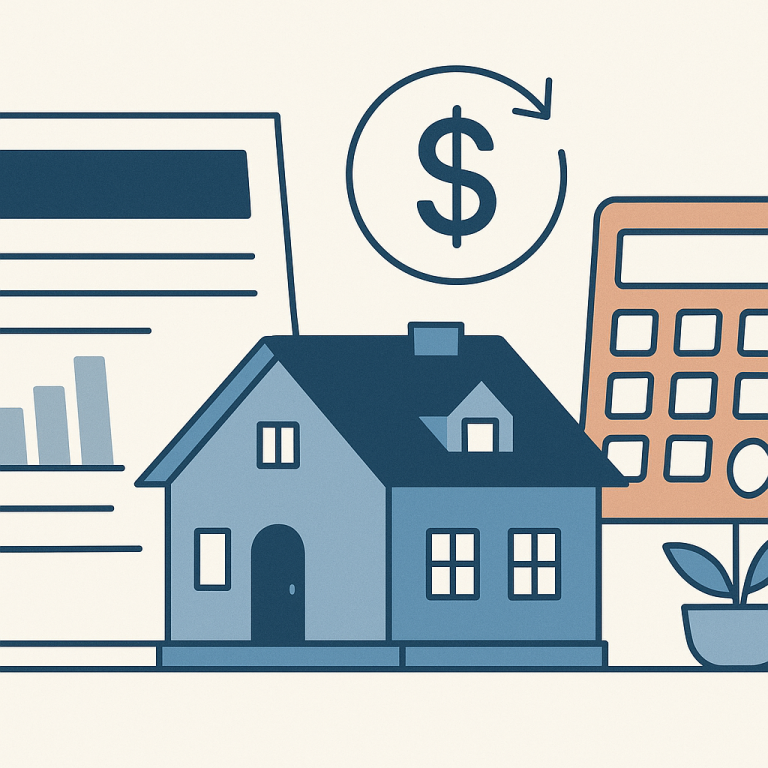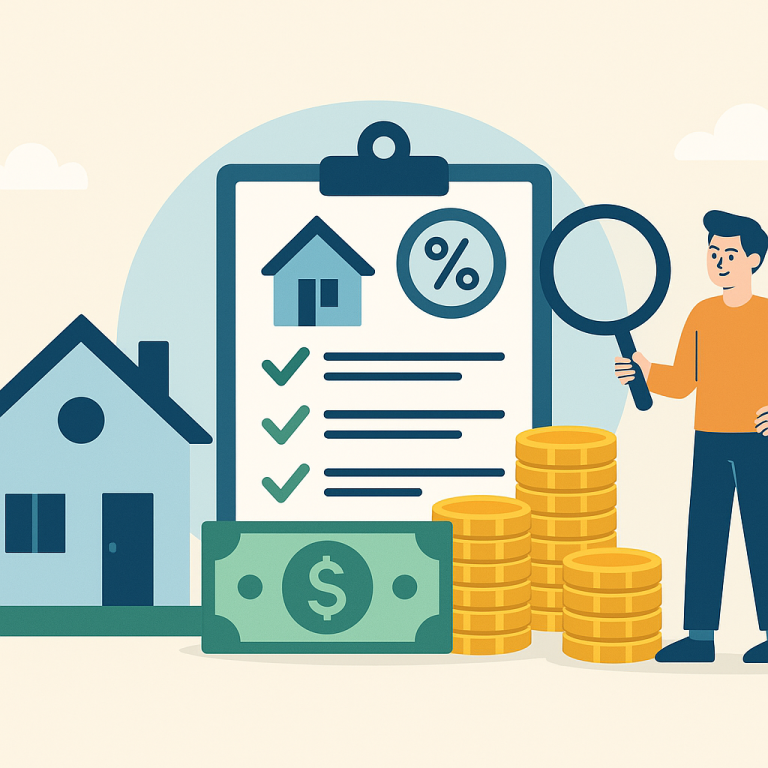30-Year Fixed Mortgage Refinance Rates Drop To 5.25%, Applications Rise
At a glance: The latest mortgage rate drop and how it could affect refinancing decisions.
Mortgage rates have moved lower. That can improve affordability and may reopen refinance options for borrowers whose current rate is above today’s quotes.
What the Rate Drop Means for Borrowers
As the mortgage market stabilizes after a period of volatility, a growing number of homeowners are weighing a specific refinancing strategy: moving to a shorter loan term rather than chasing the lowest possible rate. This approach prioritizes paying off the mortgage faster and building equity sooner, and it can be attractive even when headline interest rates are higher than earlier lows.
Why consider a shorter-term refinance now?
For homeowners who have accumulated equity or improved their credit profile, refinancing to a shorter term can produce meaningful financial benefits. Shorter terms typically come with lower rates than comparable longer-term loans, and the accelerated payoff schedule reduces the total interest paid over the life of the loan. For borrowers intending to stay in their homes, the combination of principal reduction and interest savings may outweigh the pain of higher monthly payments.
Key variables homeowners should evaluate
- Monthly cash flow impact: Shortening the term almost always increases the monthly payment. Homeowners should model the new payment against their budget to ensure the change is sustainable.
- Break-even timeline: Compare the refinancing closing costs to the monthly savings or long-term interest reduction to estimate how long it will take to recoup fees. Longer expected residency favors refinancing to a shorter term.
- Available equity and credit: Lenders typically require adequate equity and a stable credit profile for favorable terms. Improving either factor before applying can reduce costs and increase approval odds.
- Alternative strategies: Consider whether partial prepayments, a recast, or a hybrid plan (shortening the term by a few years) might achieve similar goals with less disruption to monthly cash flow.
How to run the numbers
Begin with a clear comparison: calculate your current remaining balance, your existing monthly payment on principal and interest, and the total interest remaining under the current schedule. Then obtain sample quotes for shorter-term loans and factor in closing costs and any prepayment penalties. Use a range of scenarios to see how changes in payment size and time to recoup costs affect the outcome.
Practical steps for homeowners
- Request personalized rate quotes from multiple lenders and obtain detailed estimates of closing costs.
- Check for prepayment penalties on your current mortgage and include that cost in your break-even calculation.
- Assess liquidity: maintain an emergency cushion to avoid strain from higher monthly payments.
- Consider a gradual approach, such as refinancing to a mid-length term or making extra principal payments when cash flow allows.
Bottom line
Refinancing to a shorter mortgage term can be a disciplined, effective way to build equity faster and reduce lifetime interest costs. It is most beneficial for homeowners who expect to remain in their homes, have sufficient equity and credit standing, and can absorb higher monthly payments without jeopardizing financial flexibility. Carefully model the numbers, compare alternatives, and prioritize options that align with both your financial goals and short-term budget constraints.
META: mortgage refinancing, shorter-term refinance, home equity, mortgage strategy, homeowner takeaways

